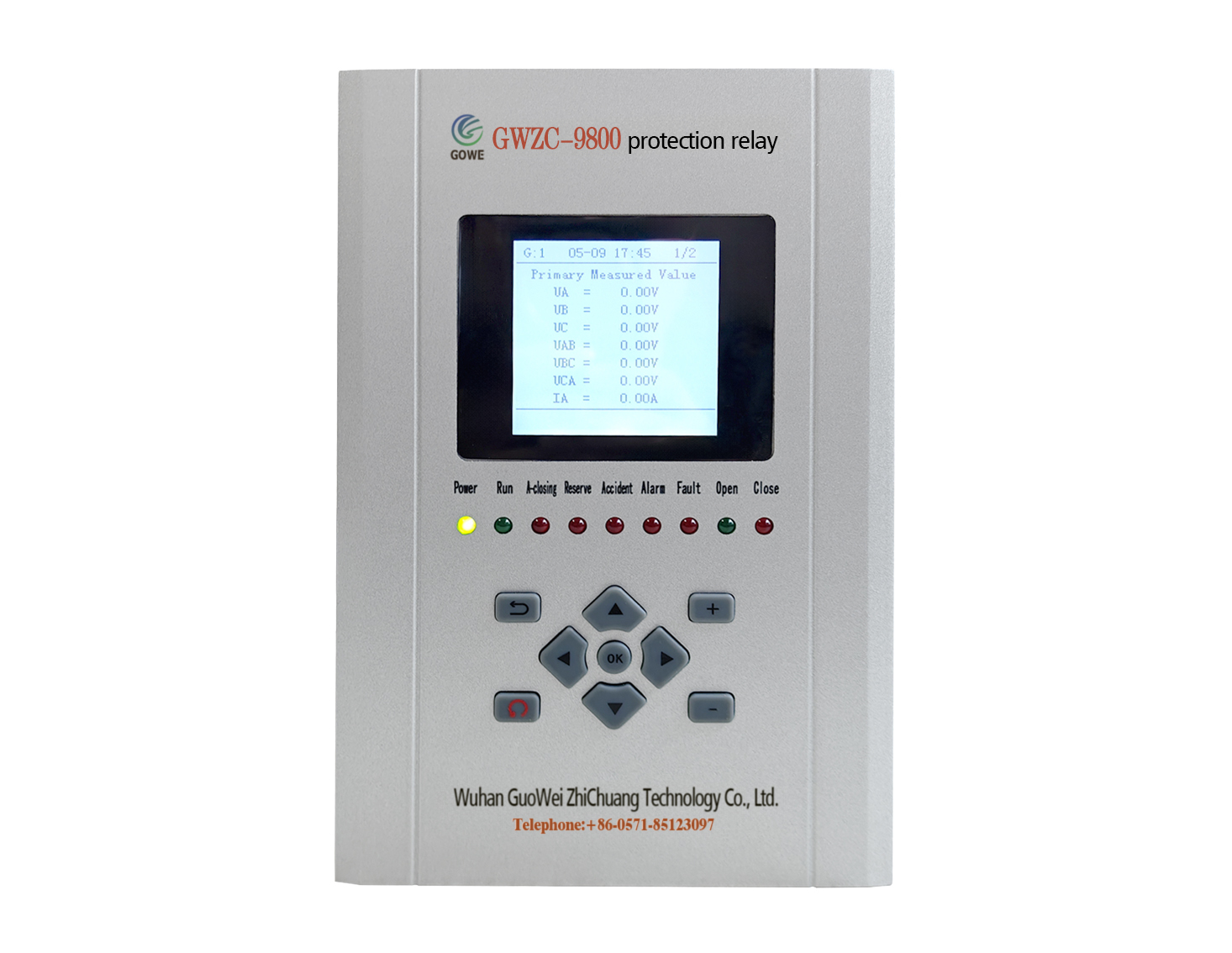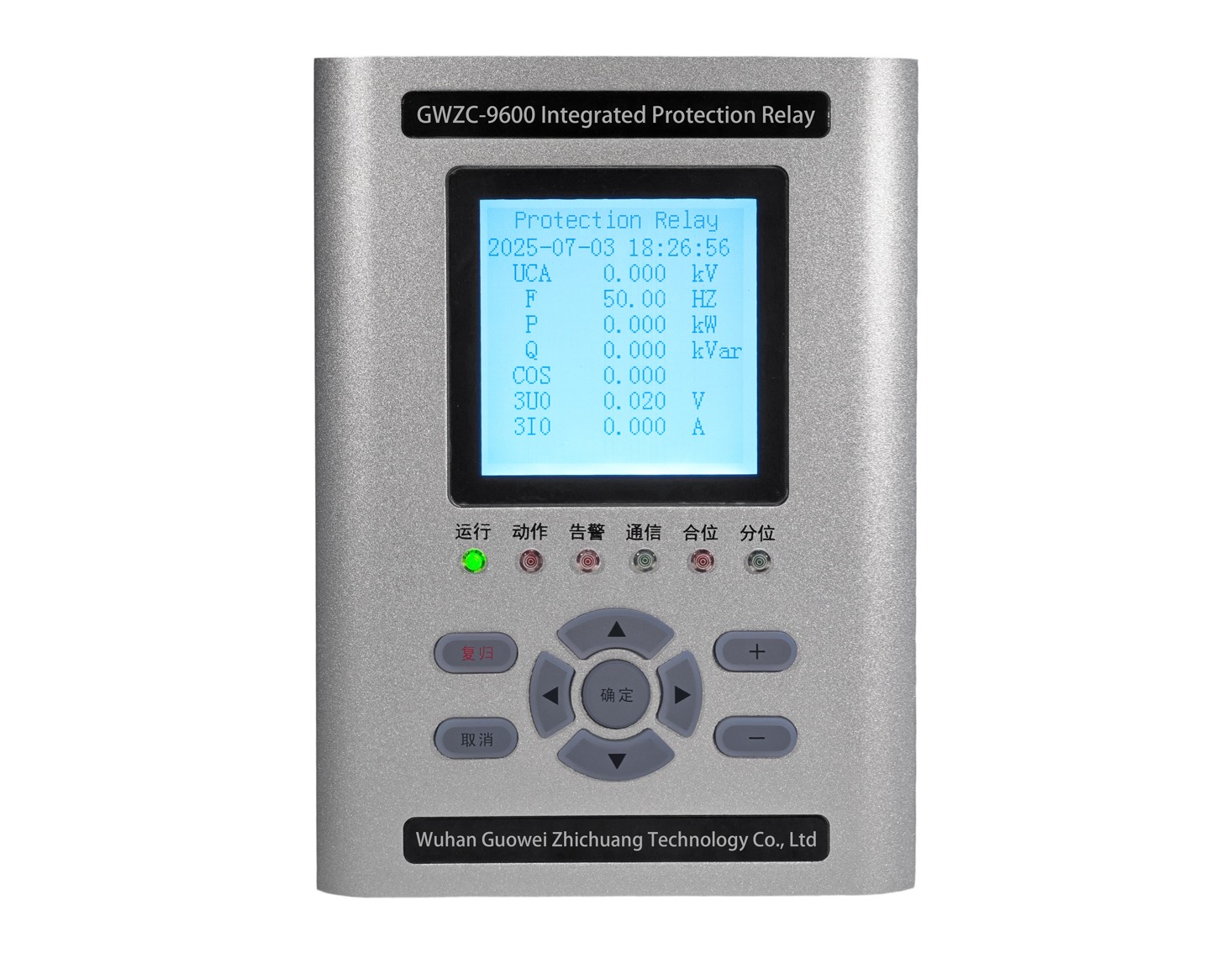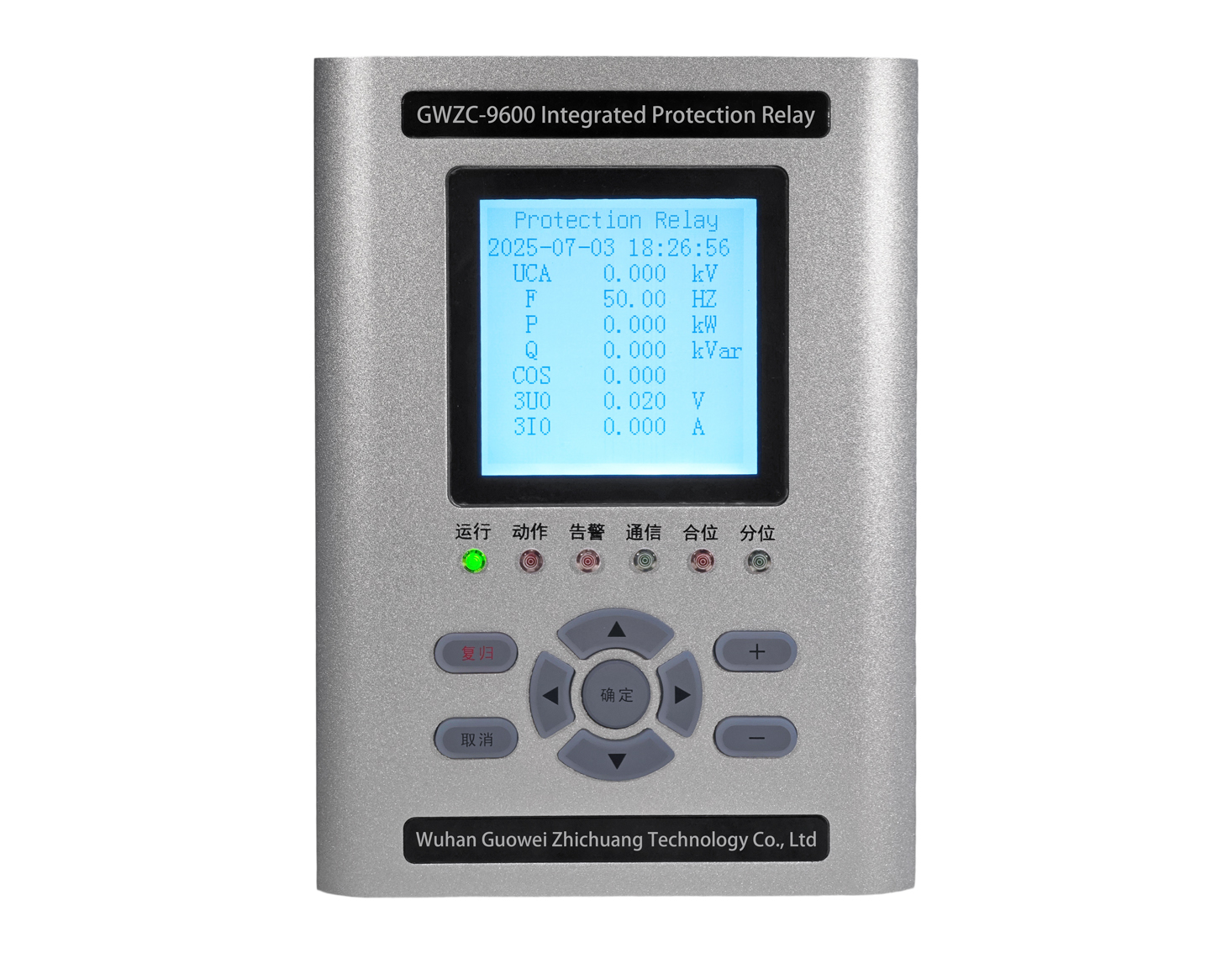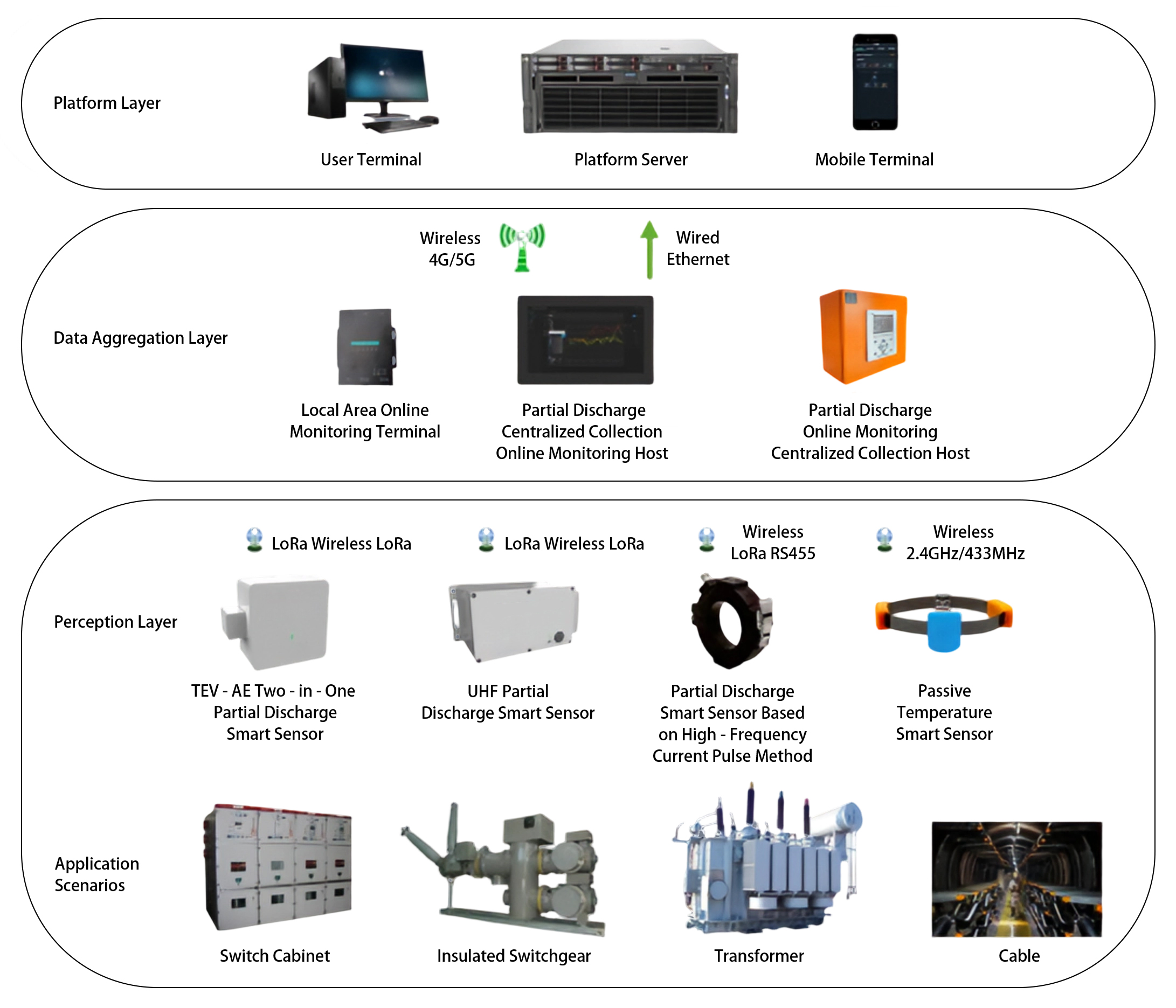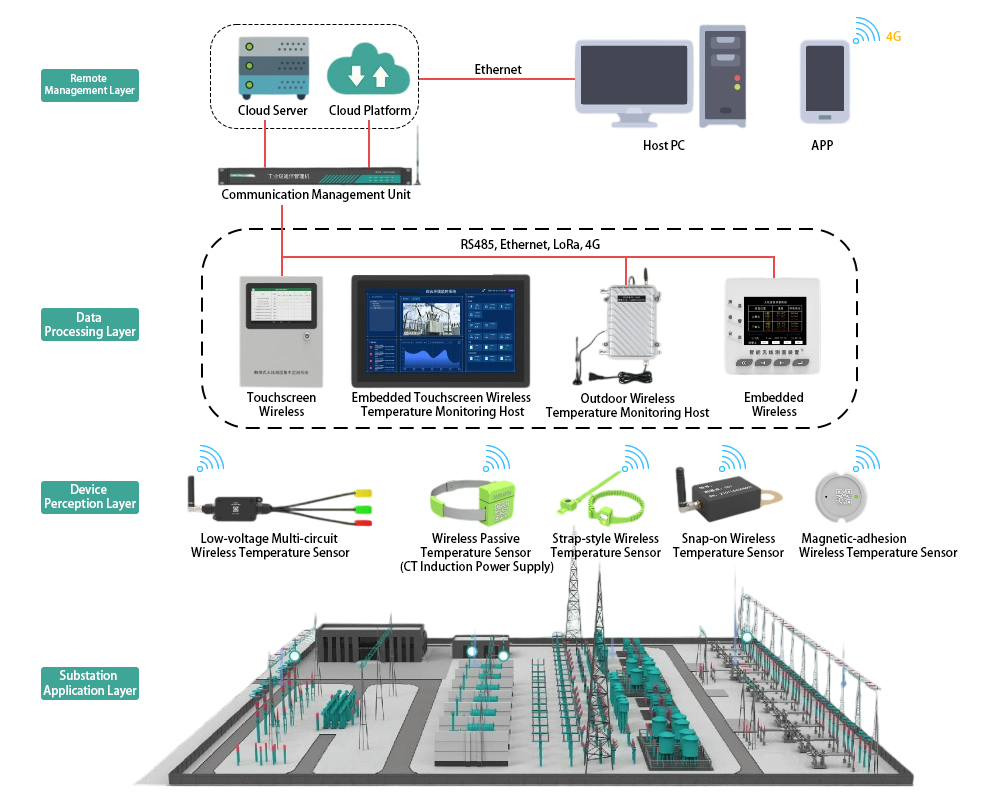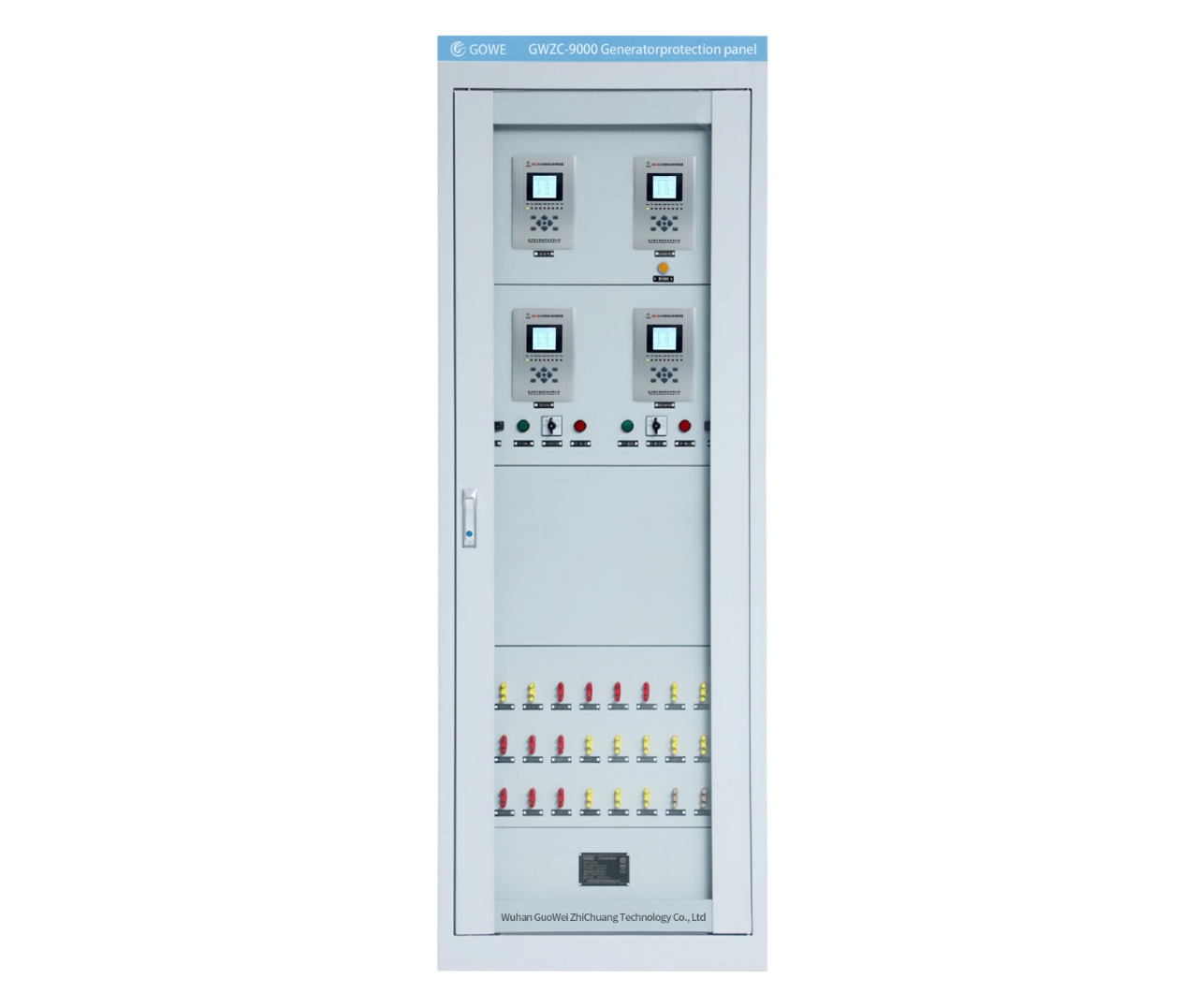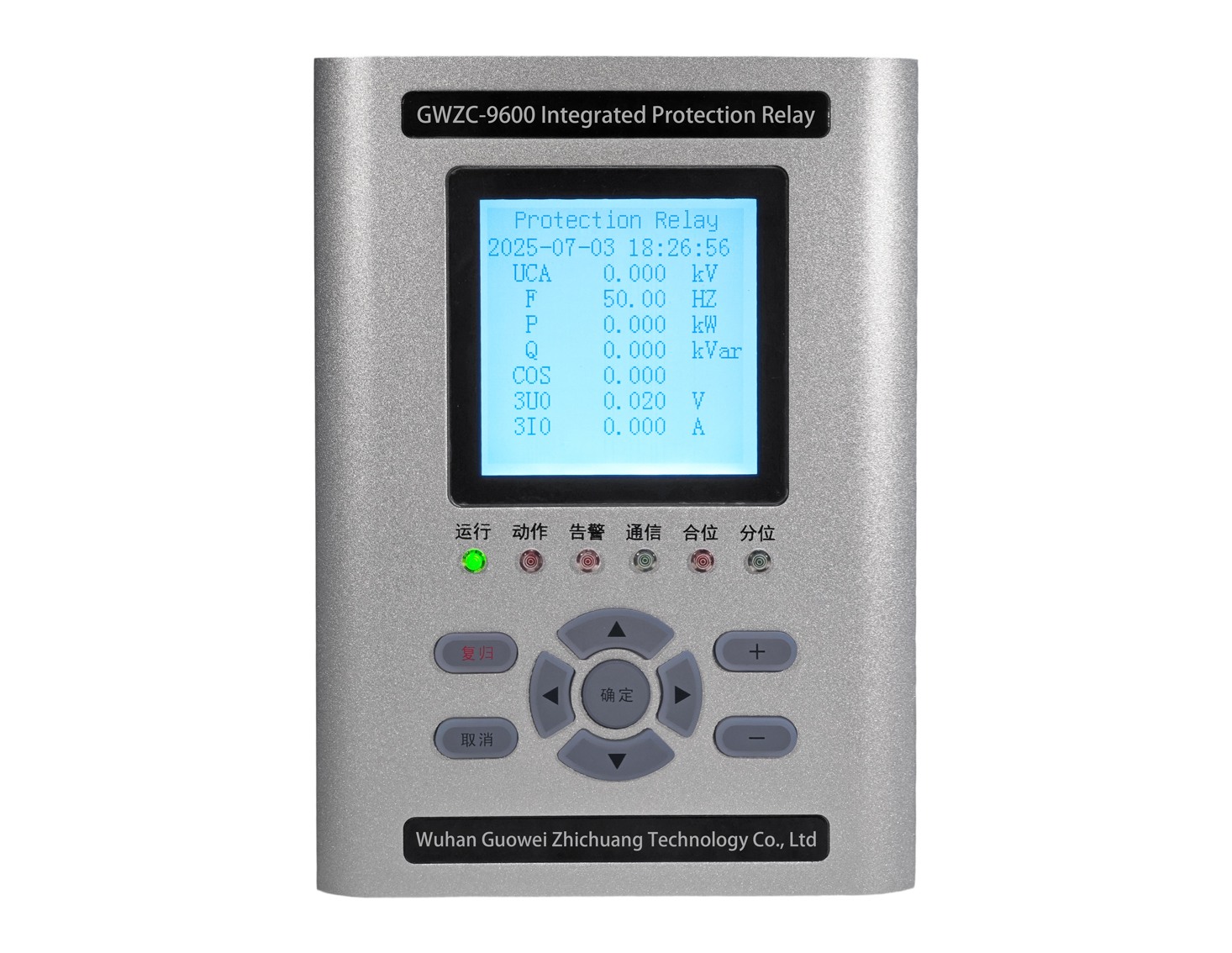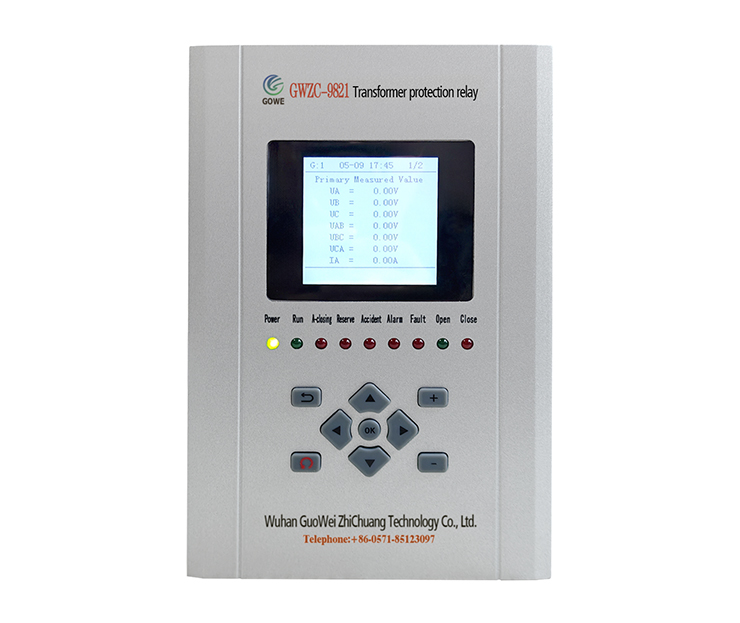Grounding System Comparison for Protection Impact
-
- Large Current Grounding: Neutral directly or low-impedance grounded (≥40% fault current magnitude).
- Small Current Grounding: Neutral ungrounded, high-resistance grounded, or arc suppression coil grounded (fault current ≤10A).
Core Protection Impact on Earth Faults
- Single-Phase Fault Response:
-
- Large Current Grounding Protection: Triggers immediate circuit breaker tripping via zero-sequence overcurrent/distance protection.
- Small Current Grounding Protection: Requires earth fault alarm & selective detection only, enabling temporary fault operation for reliability.
Protection Configuration Differences
- Large Current Grounding Protection Setup: Utilizes simple, direct protection (directional zero-sequence overcurrent/distance elements).
- Small Current Grounding Protection Setup: Demands complex earth fault detection (zero-sequence overvoltage, directional protection, harmonic analysis, signal injection, intelligent line selection devices).
Critical Protection Performance Factors
-
- Large Current Grounding: Offers high-sensitivity protection (easy large fault current detection).
- Small Current Grounding: Requires high-sensitivity algorithms (vulnerable to interference).
-
- Large Current Grounding: Poses high safety risks (severe arc flash, step potential).
- Small Current Grounding: Provides enhanced personnel safety (low fault energy).
-
- Large Current Grounding: Limits power-frequency overvoltage (<173%).
- Small Current Grounding: Risks higher overvoltages & resonance (neutral displacement).
Neutral Grounding System Selection Criteria
- Primary GoalSystem Reliability Priority:
-
- Select Small Current Grounding for critical continuous supply needs.
- Choose Large Current Grounding where momentary outages are acceptable.
- Voltage Level Requirement:
-
- Use Large Current Grounding for HV/EHV systems (≥66kV).
- Apply Small Current Grounding for MV systems (≤35kV) distribution networks.
- Capacitive Current Management:
-
- Small Current Grounding Method Selection:
-
-
- Ungrounded: Under 10A capacitive current.
- Arc Suppression Coil: 10A–150A capacitive current.
- Resistance Grounding: >150A or trip requirements.
- Safety & Equipment Protection Balance:
-
- Prioritize Small Current Grounding for safety-focused applications.
- Select Large Current Grounding for critical equipment protection.
- Network Complexity Factor:
-
- Large Current Grounding simplifies protection coordination.
- Small Current Grounding challenges fault location in mesh networks.
- Protection Cost & Maintenance:
-
- Large Current Grounding has lower protection complexity costs.
- Small Current Grounding requires advanced detection system investment.

